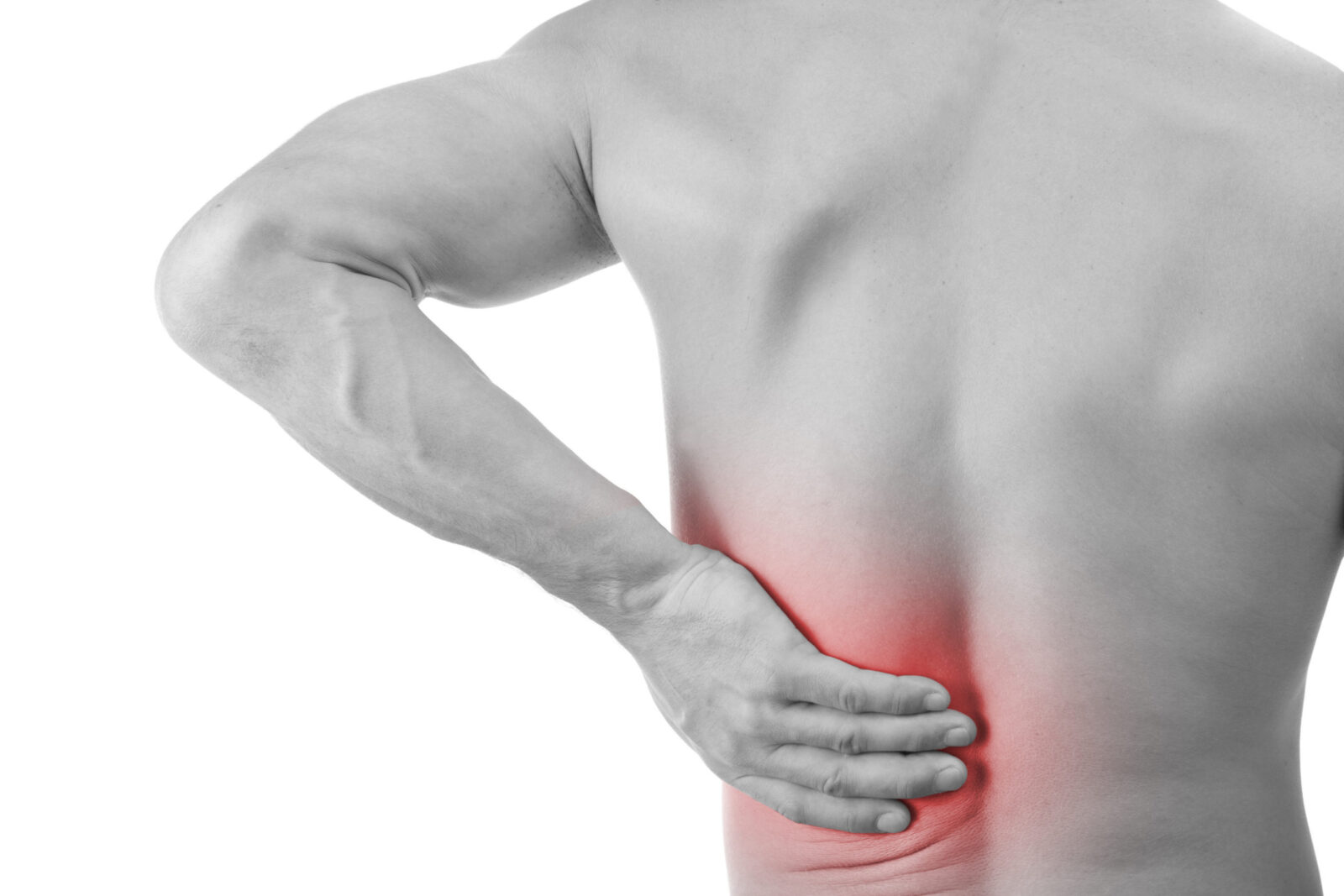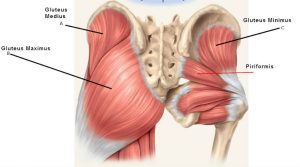At PhysiCo City Physiotherapy we run specialized physiotherapist-run Pilates classes. These are ideal for rehabilitation of lower back pain and pelvic girdle pain.
Chronic lower back pain and pelvic girdle pain
Back pain has become a real issue in our society. Statistics show that approximately 10% of the population have a disability as a result of chronic back pain. Moreover, 70-90% of the population will experience back pain at some point in their life. Back pain is commonly caused by:
- sedentary lifestyle and physical inactivity,
- repetitive movements causing wear and tear on the body, or
- acute trauma.
Back pain can come from several different structures (joints, disc, ligaments, muscles, pelvis). Furthermore, the structure can affect the type of pain you experience. No two conditions present the same, therefore we take an individualised approach to your treatment and exercise program. For example, one person may have an issue with joint stiffness and another may be getting pain from muscle weakness and poor stability.
What changes occur when we have chronic back pain?
When we experience pain for an extended period of time, our body employs different strategies to help avoid pain. Research shows that over time, the body has altered motor control strategies and poor muscle activation. These changes in biomechanics (how we move) can lead to more pressure and load on your spine, thereby compensating for the functional issue.
How do we fix it and what’s so important about the glutes?
Firstly, you should make an appointment with your physiotherapist for a clinical assessment and diagnosis. You must treat the cause and not the symptoms! Your treatment will usually include manual therapy, soft tissue therapy and a specific exercise and stretching program.
Why are the glutes so important?
We have 3 gluteal (bum) muscles, all which play a different role in maintaining the strength and stability of your back and pelvis.
- Gluteus Maximus – this muscle is responsible for creating large movements of the hip and thigh. It also generates power and strength at the hip. The Gluteus Maximus is predominately being used in movements like deep squats, running and climbing stairs.
- Gluteus Medius – this muscle is responsible for maintaining stability at the lumbar spine and pelvis. It is one of the most important components in the biomechanics of our spine, pelvis, hip, knee and foot. Most people with chronic lower back pain have issues activating this muscle. This leads to larger muscles (hip flexors and hamstrings) compensating to take most of the load. Over time, this can result in more pressure on the spine itself, therefore leading to the onset or worsening of lumbar and pelvic pain.
- Gluteus Minimus – this muscle is the smallest gluteal muscle. Along with Gluteus Medius, it plays a role in the deep stability of the lumbar spine and pelvic region.
Our Pilates classes focus on re-training gluteal muscle activation, restoring normal biomechanics and correcting motor control patterns of the body. Therefore, this will help immensely in reducing lower back pain and getting you back to your active and healthy lifestyle.
Give us a call today on (02) 9267 3775 to find out how Pilates can help improve your lower back pain! Alternatively, you can book online with one of our expert physiotherapists.


